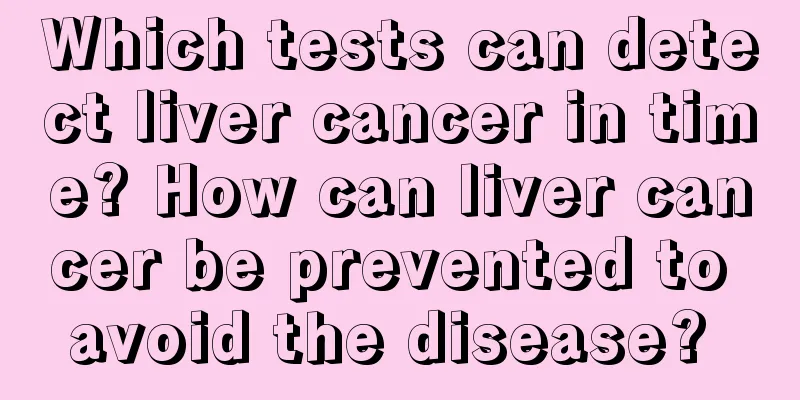Antithrombin 3 is low

|
Antithrombin 3 is a very important anticoagulant protein in the human body. If the level of antithrombin 3 is too low, the anticoagulant effect of the blood may be weakened. In severe cases, it may easily lead to myocardial infarction, angina pectoris, cerebrovascular disease, pregnancy syndrome, etc. Low antithrombin 3 can be caused by either genetics or physical illness. If a pregnant woman's antithrombin 3 level is much lower, it will affect herself and the fetus. What is Antithrombin III Antithrombin III is an important natural anticoagulant protein in the body and a member of the serine protease inhibitor family. Types of antithrombin III deficiency 1. Hereditary ATⅢ deficiency can be divided into two types: (1) CRM-type: both antigen and activity are decreased. (2) CRM+ type: normal antigen, decreased activity. Hereditary ATⅢ deficiency is an autosomal dominant genetic disease with a prevalence of approximately 1/5000. It mostly occurs in patients aged 10-25 years. Patients often develop venous thrombosis after surgery, trauma, infection, pregnancy or delivery, and thrombosis may occur repeatedly. The biological activity and antigenicity of ATⅢ in the plasma of CRM- patients are about 50% of that of normal people. There are many types of ATⅢ structural and functional abnormalities in CRM+, and the common manifestation is a reduced affinity for heparin, thereby significantly weakening the ability to inactivate serine proteases. 2. Acquired ATⅢ deficiency: (1) Reduced ATⅢ synthesis is seen in liver diseases, liver dysfunction, mainly in cirrhosis, severe hepatitis, and advanced liver cancer. It is often related to the severity of the disease and may be accompanied by thrombosis. (2) Increased loss of ATⅢ: seen in nephrotic syndrome. (3) Increased ATⅢ consumption is seen in prethrombotic and thrombotic diseases, such as angina pectoris, myocardial infarction, cerebrovascular disease, DIC, postoperatively, oral contraceptives, deep vein thrombosis, pulmonary infarction, and pregnancy-induced hypertension. (4) Increased ATⅢ level is seen in hemophilia A and hemophilia B, oral anticoagulants, and the use of progesterone drugs. Low antithrombin 3 in pregnant women If it is just slightly low and not much different from the normal value, it is not a big deal. Thrombin can convert fibrinogen into fibrin. After local application, the blood on the surface of the lesion quickly forms a stable blood clot. If thrombin activity is very low, it may be difficult to stop bleeding during delivery. Its function is similar to that of platelets, both of which cause blood to coagulate and thus stop bleeding. However, if it is too high, it will cause blood clots. If antithrombin 3 is seriously low, it will affect both the pregnant woman and the fetus. |
<<: Fetal boy or girl development process
>>: Resection of superficial tumor
Recommend
What are the symptoms of spinal disease
Some bad living habits or some external factors c...
How much does chemotherapy for testicular cancer cost
When we hear about testicular cancer, our first r...
Surgical methods for patellar fracture
We have seen many people with patellar fractures,...
7 most useless private parts
Is every part of the human body indispensable? Th...
The drug of choice for psychomotor seizures
Psychomotor seizures usually occur at around the ...
What are the common symptoms of uterine cancer
Uterine cancer is one of the most common malignan...
How to take care of patients with tongue cancer in daily life
Life is always teaching us more things, and exper...
Treatment of gastric cancer
Although many foreign hospitals have started neoa...
What is better to add to foot soak?
Although many people know the benefits of foot so...
Early symptoms of skin cancer are similar to those of psoriasis
The early symptoms of skin cancer can occur anywh...
A transparent bubble grows on my feet
Some people are in frequent contact with others. ...
Is there a cure for brain cancer?
Brain tumors are common diseases in neurosurgery....
Renal dialysis fistula
With the timely development and progress of scien...
What is idiopathic thrombocytopenic purpura
Generally, when thrombocytopenia occurs, idiopath...
Belly fat burning training
The two areas on the human body where fat is most...









